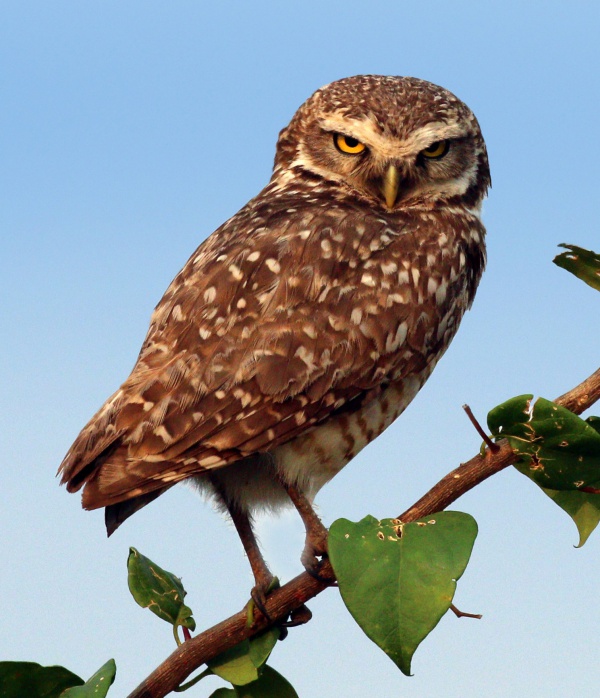Facts About Burrowing owl
The burrowing owl is a small, captivating bird found in the open landscapes of North and South America. These owls are distinctive because they make their homes in burrows, often ones abandoned by prairie dogs. Unlike many owl species, burrowing owls are active both day and night, constantly on the lookout for food. With their long legs, piercing bright eyes, and the absence of ear tufts, they have a unique appearance. Interestingly, males and females appear quite similar, and their diet is diverse, including both invertebrates and small vertebrates.
Scientifically, burrowing owls belong to the genus Athene, with several subspecies distributed across the Americas. They can be found from western Canada to southern Mexico, Central America, Florida, the Caribbean, and parts of South America. While they tend to remain in one place year-round in most regions, those in the northern parts of their range migrate south for the winter.
Unfortunately, these owls face several threats. They are often victims of vehicle collisions, predators, and habitat loss due to human activities. Conservationists are working diligently to protect them, especially in areas where their numbers are declining. Interestingly, burrowing owls have demonstrated the ability to adapt to urban environments and are sometimes found in locations such as airports and golf courses. Conservation strategies include methods like passive relocation to help them coexist with human development.
Despite being listed as Least Concern on the IUCN Red List, burrowing owls face significant challenges in certain areas. Habitat loss and other threats make conservation efforts crucial. Their capacity to adapt to changing environments underscores the importance of targeted conservation strategies to ensure their survival.

 Brazil
Brazil